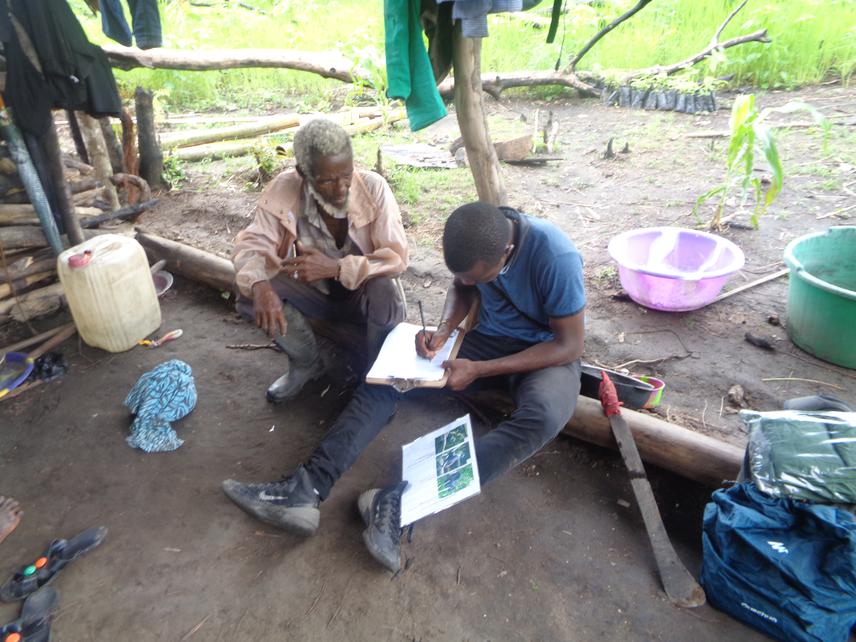Ambrose Bockarie Kanneh
Other projects
10 Aug 2023
Primates Biomonitoring, and Capacity Building of Local Community Members for Ecotourism and Conservation Gains in Jaibui Island and Adjacent Human Communities
The project aims to assess the impact of human activities on the current status (population size, distribution and habitat requirement) of three threatened primates (Pan troglodytes verus, Cercopithecus diana, and Colobus polykomos) within a community Island that shares its boundaries with two protected areas (Tiwai Island Wildlife Sanctuary and the Gola Rainforest National Park). Seven communities (Lower Kambama, Gbengama, Baoma Ngeya, Taninahun, Sembenhun, Saahun and Boma) are located close to the Island and the community members from these communities assess forest products directly from the Island to meet some of their livelihood. Through well-planned project activities and methods, this project will educate and sensitize the community members about the importance of conserving wildlife and their habitats for their livelihood and the sustainable harvesting of forest materials for the continuous provisioning of ecosystem goods and services.

Community interview in Boma village (one of the study area communities located in the north of the Jaibui Island). © Mustapha Sesay
Additionally, investigations into the skills which exist among the community members and other opportunities within the study site for the initiation of forest-based tourism will be carefully considered for the benefit of the surrounding community members. The information which will be gathered through this study will be used to inform management planning for the long-term conservation of the three primate species and their habitat (Jaibui Island), and at other sites where local communities are situated close to wildlife habitats. Also, its outcome can serve as a wakeup call to draw the attention of decision makers to place priorities in protecting community forests with evidence of threatened species that are of conservation interest and importance. Through engagement with the primary stakeholders within the study area, the implementation of this project will serve as a platform for building the capacity of the community youths in biodiversity monitoring activities and in conserving their own resources as they will be involved in the ecological data collection activity and training during the process. The adopted methods and techniques for the successful implementation of this project include stakeholder analysis, survey and questionnaire, encounter-based surveys along systematically placed line transects, reconnaissance walks, and stakeholders’ workshop.